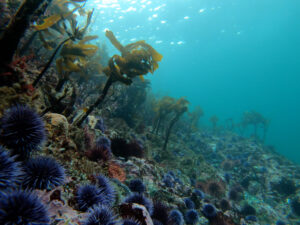Sea Otters
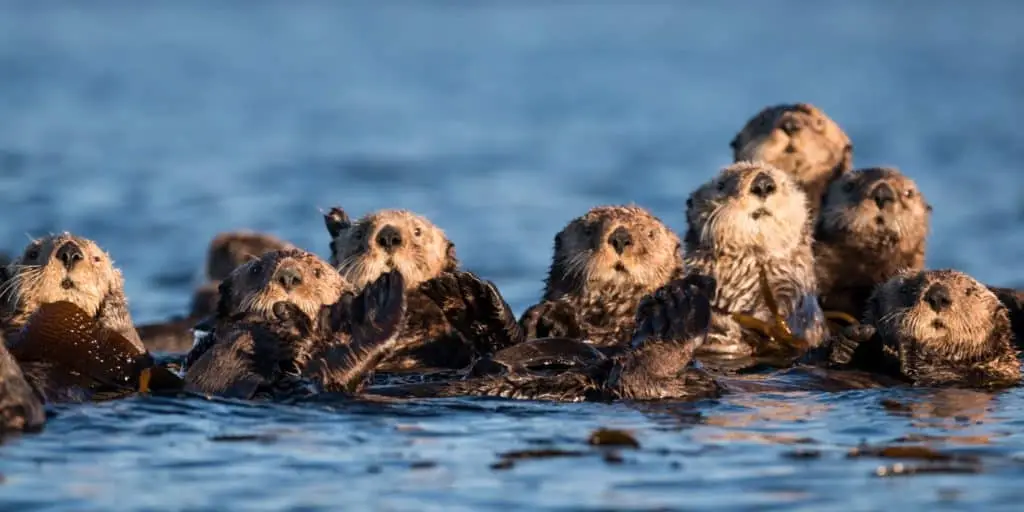
People adore sea otters. We love their cute, furry faces and the way they appear to hold hands with one another. But according to Outer Shores President Russ Markel, sea otters aren’t always so sweet with one another.
“Despite their cuteness, they can be quite aggressive,” Russ says. “When they’re mating, the male is quite violent and will hold the female by her nose. You can often tell which sea otters are females because their noses are so damaged.”
Ouch! But don’t abandon your sea otter love affair just yet – sea otters are really remarkable creatures.
Before starting Outer Shores, Russ studied just how influential sea otters can be. He compared areas that have been without otters for centuries to areas that have had sea otter reintroductions. He was amazed by what he discovered.
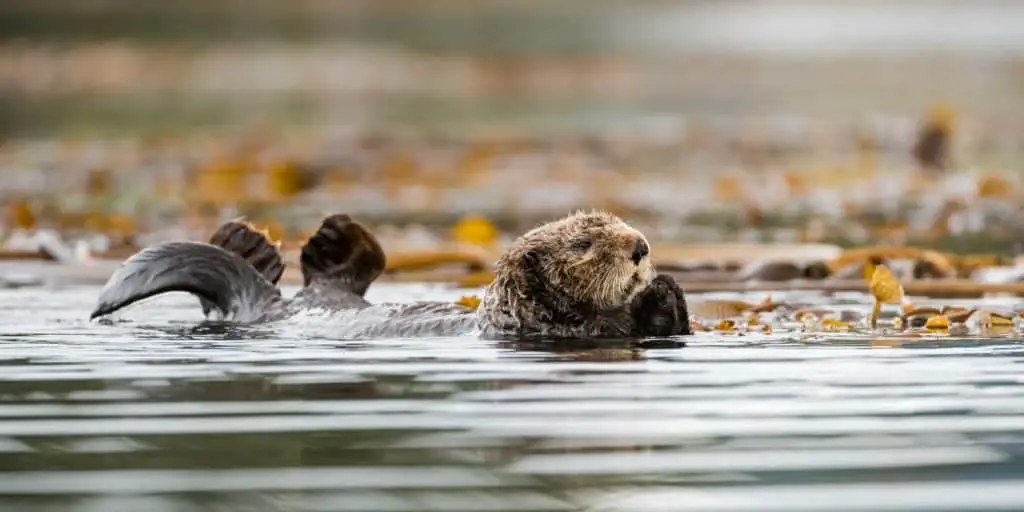
“What was striking is that the kelp forests where sea otters live are about 20 times larger than those in other areas,” he says. “Basically, there is 20 times more food and 20 times more habitat in ecosystems with sea otters. And those resources are available for a whole range of other marine organisms, including fish, mammals, and seabirds.”
Sea otters are one of the big conservation success stories on the BC coast. During the maritime fur trade, sea otters were highly desired for their dense fur, which has around 100,000 hair follicles per square inch. BC’s sea otters were functionally extinct by the mid-1800s and officially extinct when the last one was shot in 1926.
Then, around 1970, scientists reintroduced 89 sea otters from Alaska into the Bunsby Islands on the west coast of Vancouver Island. That small population has grown at an astounding rate, and today BC has about 6,000 sea otters.
They’re also migrating. Today, you can find sea otters on both the west coast and north coasts of Vancouver Island, in the Great Bear Rainforest on BC’s Central Coast, and even occasionally in Haida Gwaii.
According to Russ, researchers think we have enough habitat in BC to support 30,000 to 50,000 sea otters, which is probably what their population numbered prior to being hunted commercially.
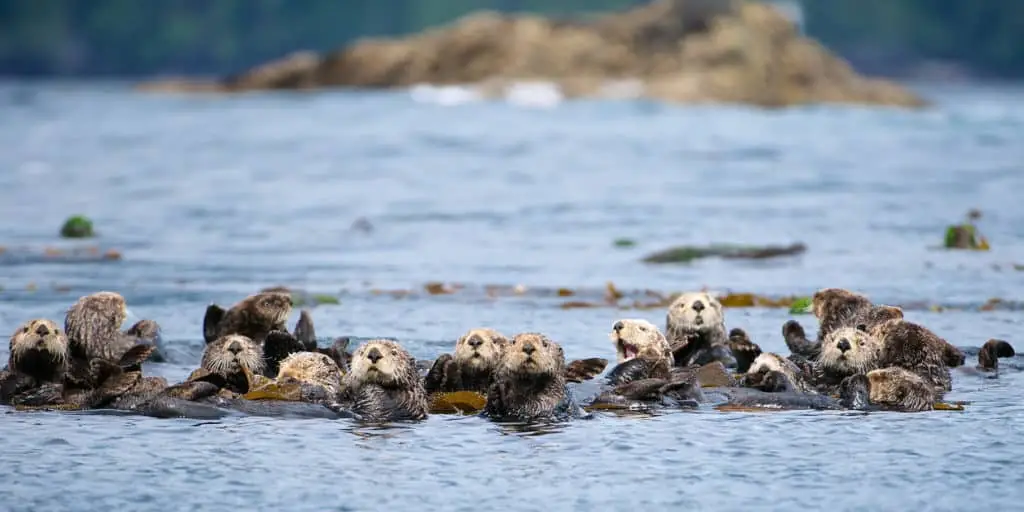
But sea otters still need our help. The biggest threat facing them today is an oil spill. And it’s because of that dense fur.
Sea otters are the only marine mammals that don’t have blubber. They stay warm by preening themselves constantly, embedding micro-bubbles of air into their fur. This insulates them in the same way a neoprene dry suit helps keep scuba divers warm. But when sea otters come into contact with oil, they can’t clean their fur and ingest the oil while trying. Eventually, they get sick and hypothermic. If they aren’t rescued, they die.
Sea otters and humans have an uneasy relationship in other ways as well. People and commercial fisheries got used to a world without sea otters. Some of the foods both otters and people enjoy – including crab, sea urchins, abalone, and clams – became hyper-abundant in the absence of otters. Now there’s considerable tension in some communities where people have to compete with sea otters for those same resources.
But overall, Russ believes the return of sea otters is good news for marine ecosystems. “They’re a perfect example of a keystone species,” he says. “They have such wide-reaching effects on nearshore communities, biodiversity, and productivity. It’s truly amazing.”
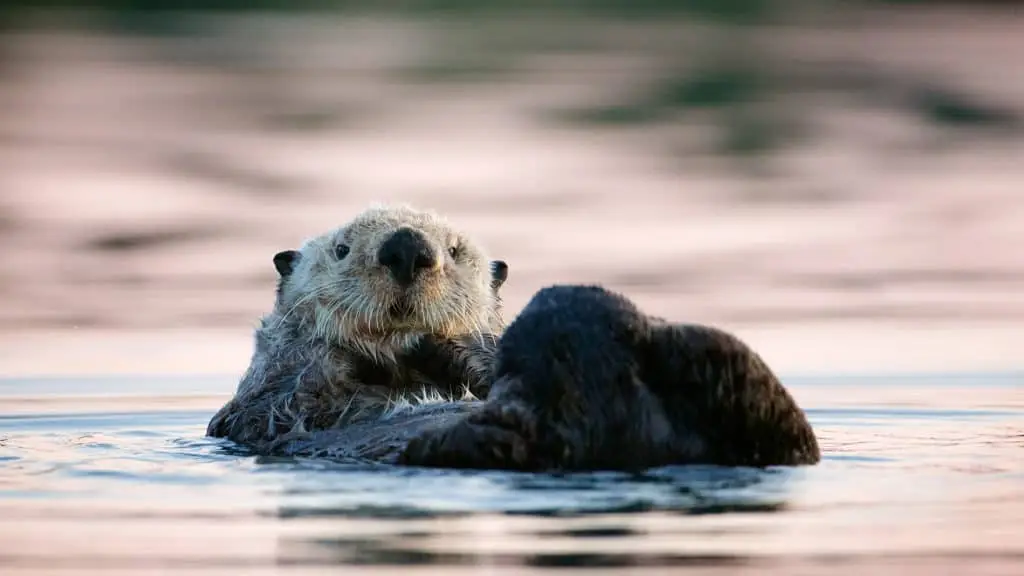
Save



